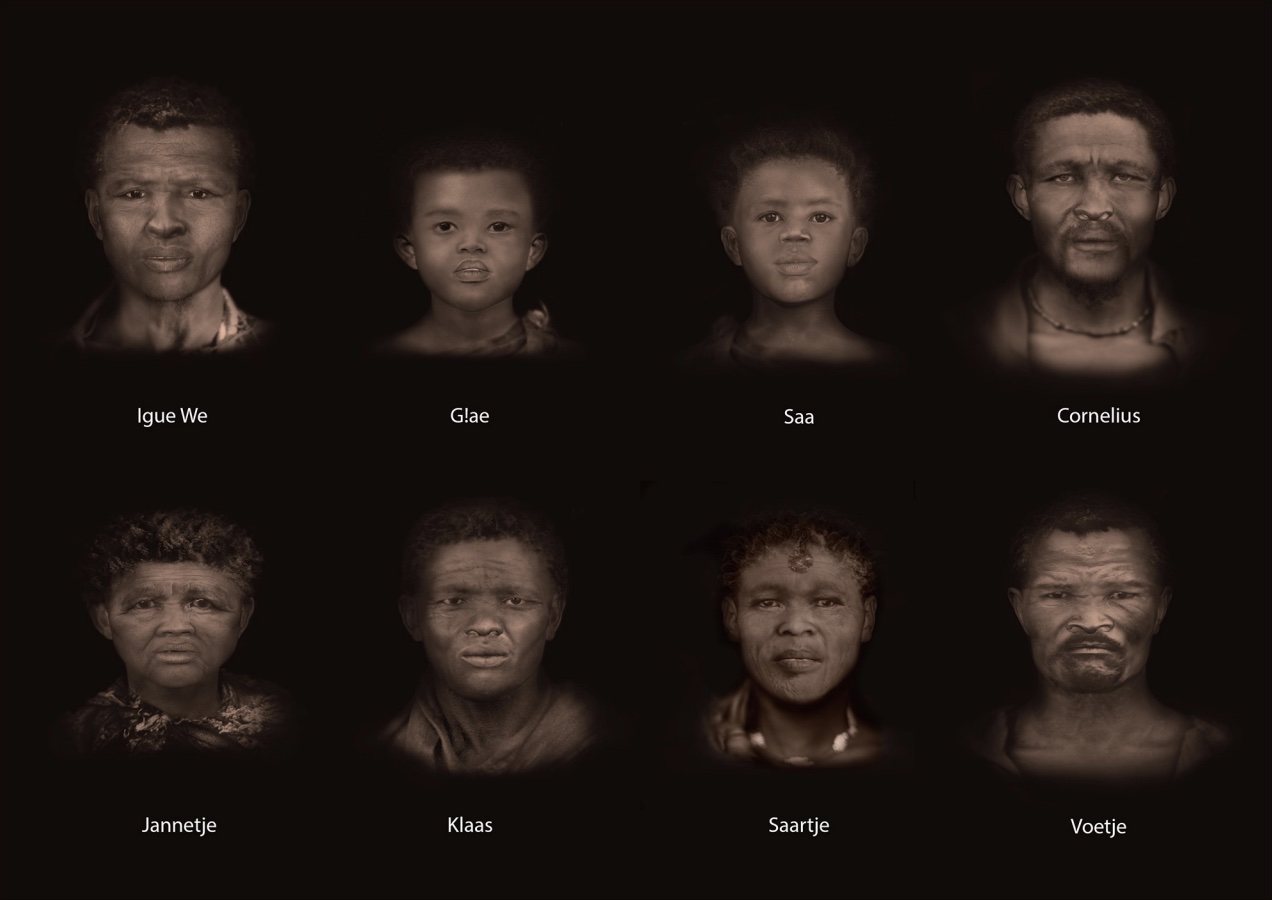Gibbon et al. 2023

Authors: Victoria E Gibbon, Loretta Feris, Joscha Gretzinger, Kathryn Smith, Simon Hall, Nigel Penn, Tinashe E M Mutsvangwa, Michaela Heale, Devin A Finaughty, Yvonne W Karanja, Jan Esterhuyse, Daniël Kotze, Nina Barnes, Geney Gunston, Je'nine May, Johannes Krause, Caroline M Wilkinson, Stephan Schiffels, Doreen Februarie, Sianne Alves and Judith C Sealy
Abstract: We describe a process of restitution of nine unethically acquired human skeletons to their families, together with attempts at redress. Between 1925-1927 C.E., the skeletonised remains of nine San or Khoekhoe people, eight of them known-in-life, were removed from their graves on the farm Kruisrivier, near Sutherland in the Northern Cape Province of South Africa. They were donated to the Anatomy Department at the University of Cape Town. This was done without the knowledge or permission of their families. The donor was a medical student who removed the remains from the labourers' cemetery on his family farm. Nearly 100 years later, the remains are being returned to their community, accompanied by a range of community-driven interdisciplinary historical, archaeological and analytical (osteobiographic, craniofacial, ancient DNA, stable isotope) studies to document, as far as possible, their lives and deaths. The restitution process began by contacting families living in the same area with the same surnames as the deceased. The restitution and redress process prioritises the descendant families' memories, wishes and desire to understand the situation, and learn more about their ancestors. The descendant families have described the process as helping them to reconnect with their ancestors. A richer appreciation of their ancestors' lives, gained in part from scientific analyses, culminating with reburial, is hoped to aid the descendant families and wider community in [re-]connecting with their heritage and culture, and contribute to restorative justice, reconciliation and healing while confronting a traumatic historical moment. While these nine individuals were exhumed as specimens, they will be reburied as people.